Image of the Day Archives

For older Image of the Day pictures, please visit the Image of the Day archives. Pictured: NGC 2467.
You’re Tearing It Apart
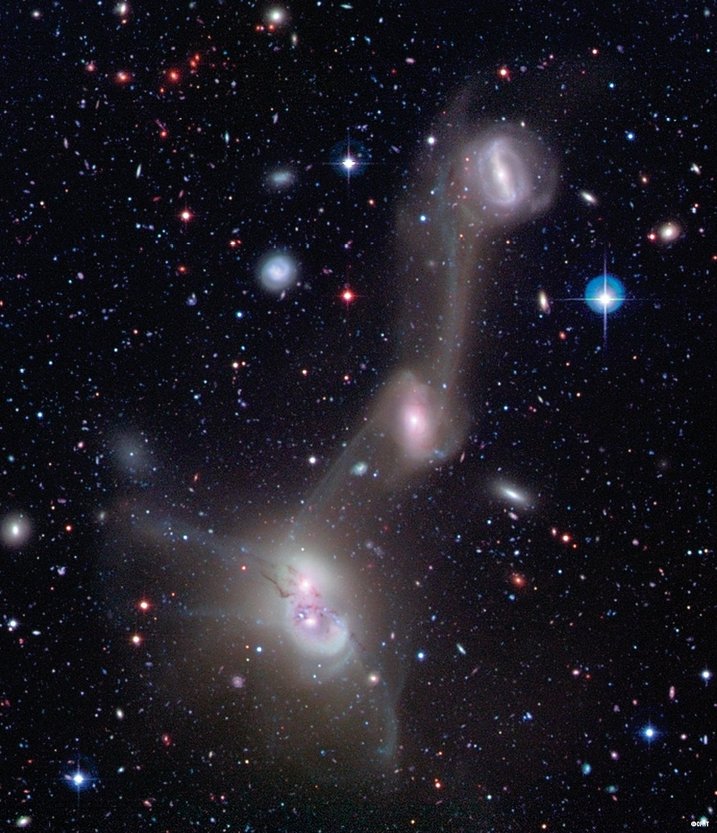
Tuesday, April 1, 2014: These four spiral galaxies in NGC 4410 display an extraordinary cosmic spectacle, each generating immense tidal forces that rip each other apart as they pass close to each other. The galactic disks and spiral arms stretch apart while stellar filaments swirl into the intergalactic medium as the galaxies entwine in a dance of staggering proportions.
— Tom Chao
Get the Party Started
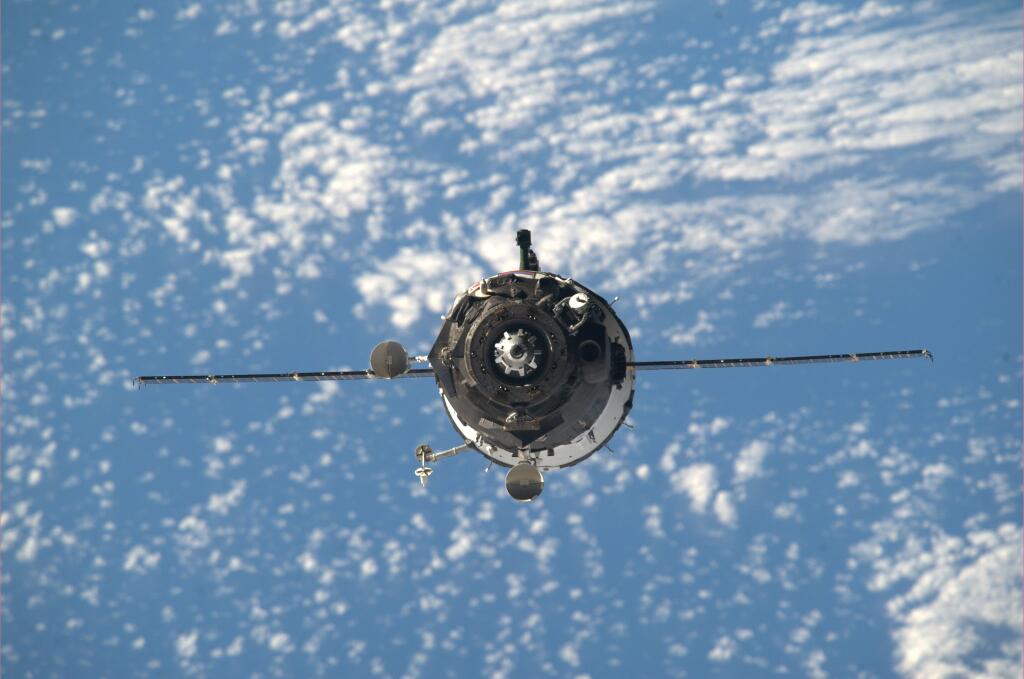
Wednesday, April 2, 2014: Astronaut Koichi Wakata tweeted this photo of the Expedition 39 Soyuz crew capsule approaching the International Space Station on March 27, 2014. The crew arrived two days late owing to a missed automated maneuvering burn. Wakata wrote: “Our new crewmates arrived on the ISS. Welcome aboard Alexander, Oleg, and Steve! pic.twitter.com/XCFeityMXd.” Wakata represents the Japan Aerospace Exploration Agency (JAXA) as the Commander of Expedition 39. [See full story.]
— Tom Chao
Later Crater
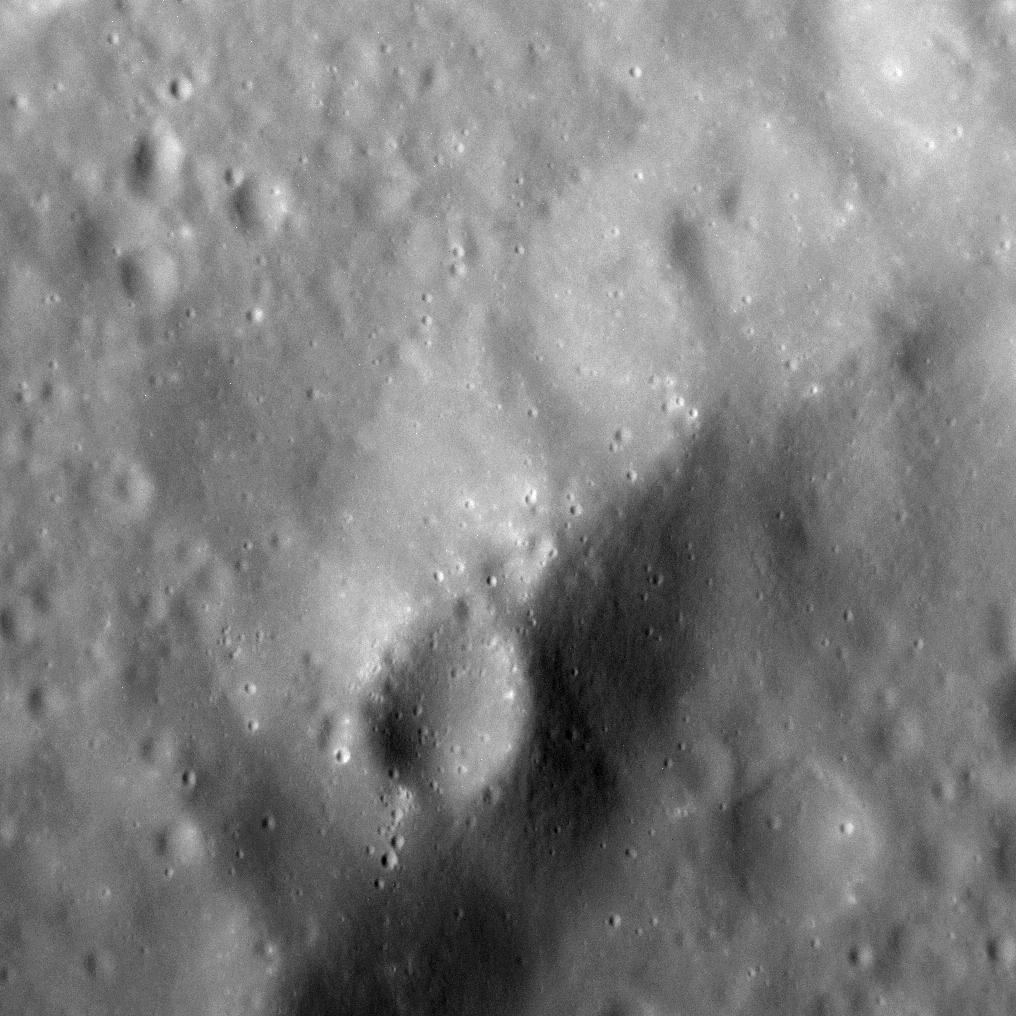
Thursday, April 3, 2014: This image shows we see Mercury's surface at an image resolution rarely approached before. Here, a portion of the rim of an unnamed crater 11 mi. (17 km) in diameter appears, atop which a smaller, later crater at lower center sits. The prolonged record of impact cratering on Mercury remains one of the planet's most visible traits. Researchers continue to fine-tune seeing the results of that process with increasingly higher-resolution images. Even at resolutions of 30 feet (~9 meters) per pixel, small primary and secondary craters peppering the surface of the innermost planet come into view.
— Tom Chao
Bar None
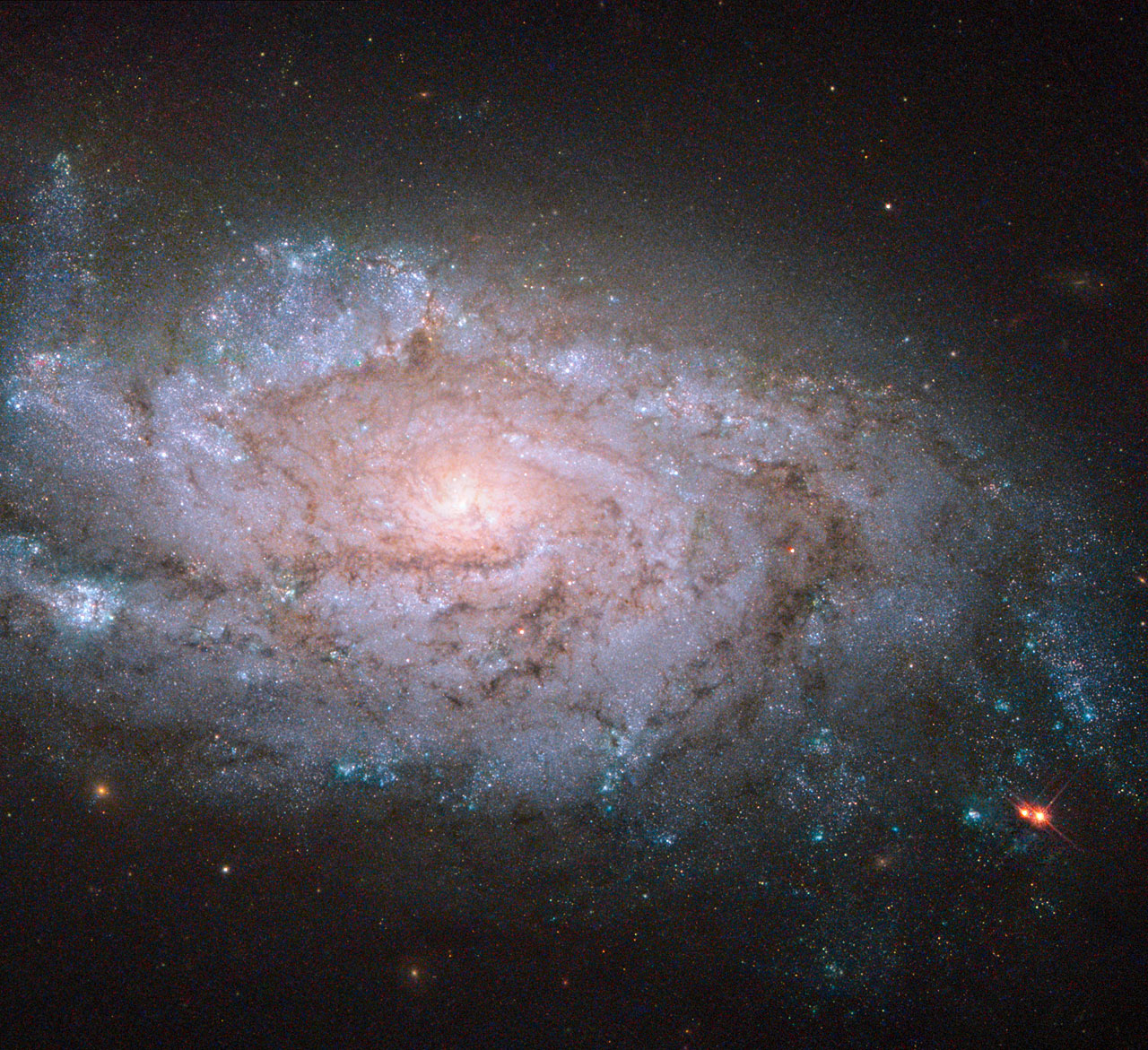
Friday, April 4, 2014: This new Hubble image displays an almost face-on view of the galaxy NGC 1084, a spiral galaxy with no bar-shaped structure of stars at its center. Spiral galaxies lacking a central bar make up about half of all such galaxies. Astronomers have observed five supernova explosions which took place in NGC 1084 over the past half century. The supernova remnants bear names reflecting the year in which they took place: 1963P, 1996an, 1998dl, 2009H and 2012ec.
— Tom Chao
Aurora to the Max
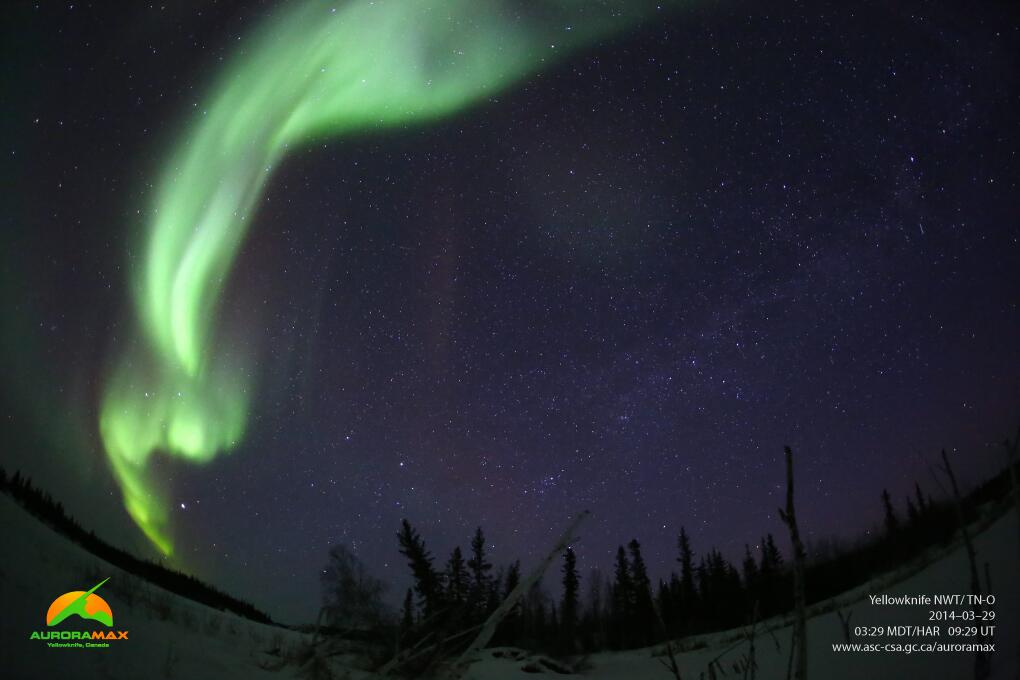
Monday, April 7, 2014: Canada's automated aurora camera tweeted this photo, writing: "AURORAMAX GALLERY • Latest #photo of #aurora borealis above #Yellowknife NWT taken at 03:29 MDT on March 29, 2014. pic.twitter.com/7TAILF0ovh”
— Tom Chao
Don’t You Know That You Are a Shooting Star?
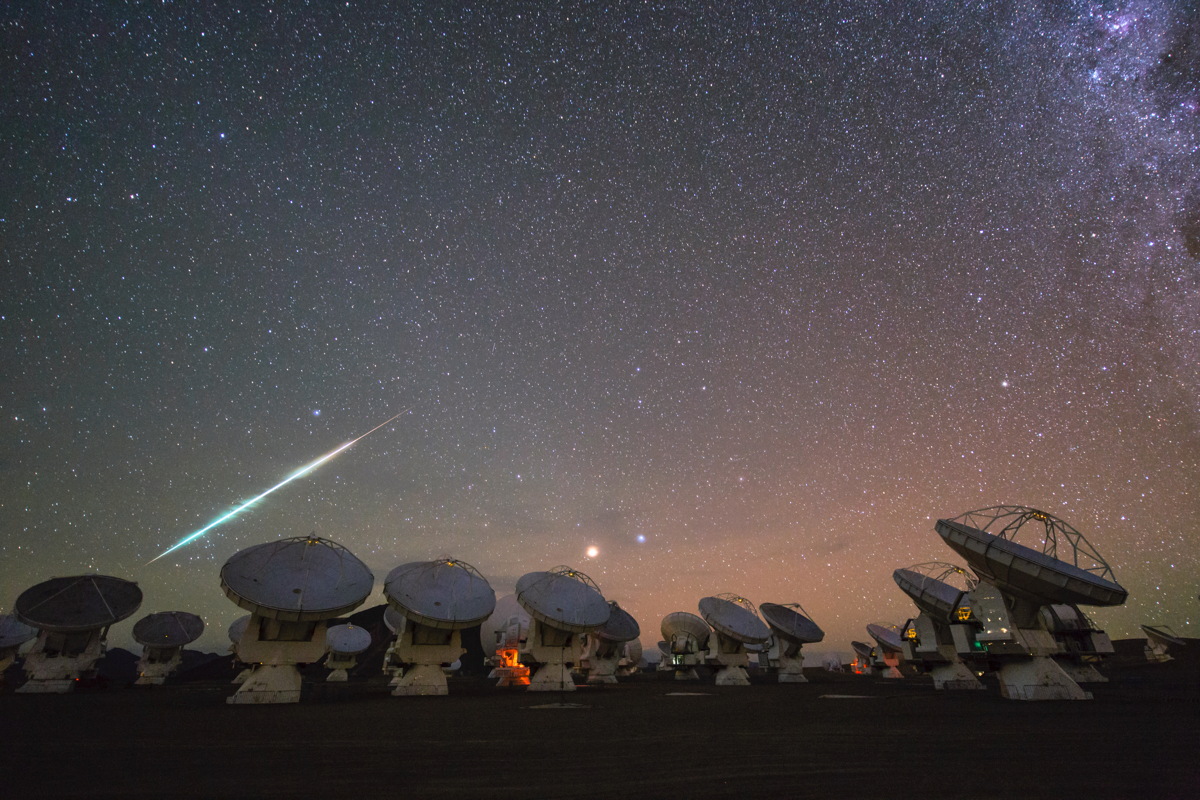
Tuesday, April 8, 2014: This new image, taken during a time lapse set at the Atacama Large Millimeter/submillimeter Array (ALMA) represents an Ultra High Definition photograph from the ESO Ultra HD Expedition. ALMA stands at 16400 feet (5000 meters) above sea level on the remote, empty Chajnantor Plateau in the Chilean Andes. Four ESO Photo Ambassadors, on their 17-day trip, use state-of-the-art Ultra HD tools to capture sights like this one: a shooting star streaking over the ALMA array. The bright star Spica, in Virgo, and planet Mars glow brightly at center. Image released April 7, 2014. [See more ALMA images.]
— Tom Chao
Get the Space.com Newsletter
Breaking space news, the latest updates on rocket launches, skywatching events and more!
Standing in the Milky Way
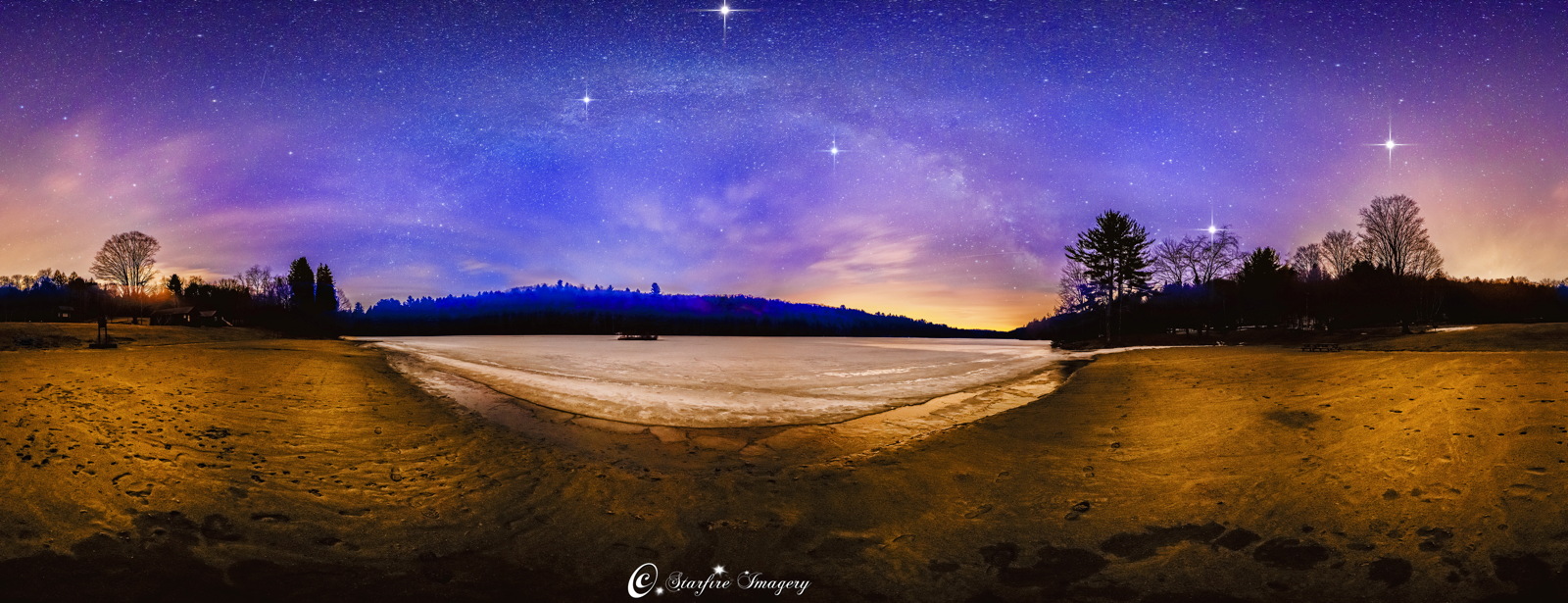
Wednesday, April 9, 2014: Astrophotographer Matt Pollock sent in a panoramic image of the Milky Way over Cherry Plain State Park, NY, taken on April 7, 2014. He tells Space.com in an e-mail message that the image contains: "6 exposures of mostly sky and 6 of beach, sand, mountain and trees." Mars shines brightly at right, though its red color was washed out by distant lights of a township. Stars Vega, Altair and Deneb stand out in the center of the Milky Way. "W"-shaped constellation Cassiopeia lies in the left end of the band of the Milky Way. To the far left, the Big Dipper and Polaris, the north star, appear.
— Tom Chao
Such a Delicate Thing
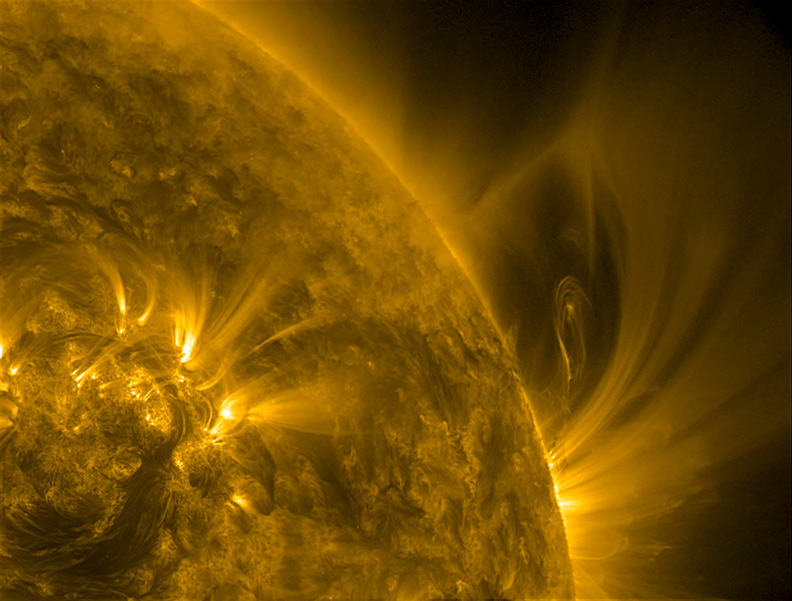
Friday, April 11, 2014: A blob of plasma above the sun underwent twisting and pulling by powerful magnetic forces until the plasma was flung out into space on March 26, 2014. Delicate traces swirled in the wake of the activity. Before the blob broke away, it easily measured larger than several Earths. Solar Dynamics Observatory watched the event in extreme ultraviolet light over about 5.5 hours.
— Tom Chao
Make No Mistake
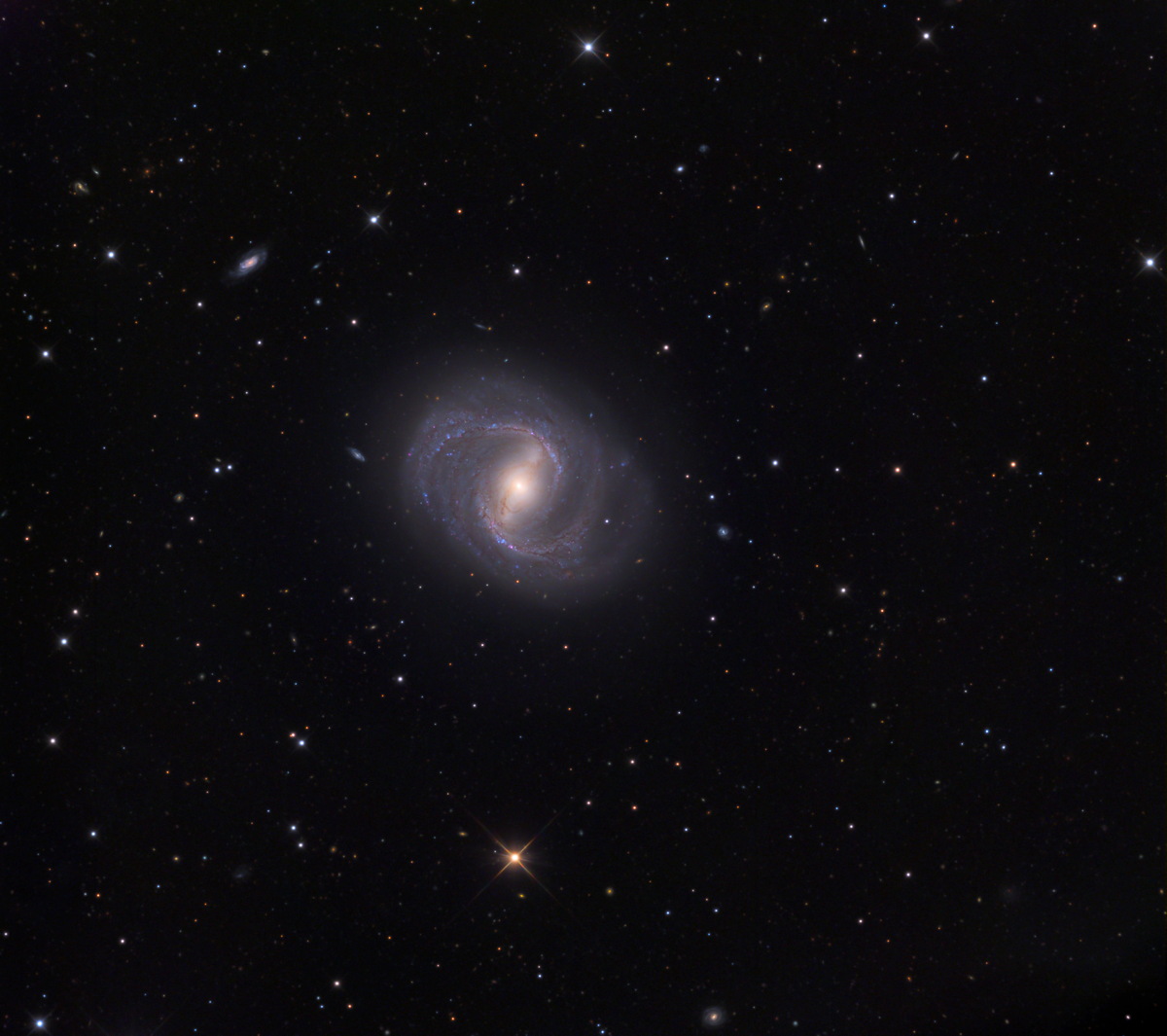
Monday, April 14, 2014: Barred spiral galaxy Messier 91 (M91) lies in the constellation of constellation of Coma Berenices. The galaxy’s bar stands out quite noticeably. The galaxy represents the faintest object in Charles Messier’s catalog, and he discovered it in 1781. Notably, a rare error by Messier caused the galaxy to go “missing” for centuries, until amateur astronomer William C. Williams determined NGC 4548 (catalogued by William Herschel in 1784) was M91 in 1969. Image obtained January-March 2014 by Adam Block and participants of the March 2014 "Astrophotography with Adam" courses.
— Tom Chao
When There Was Blood on the Moon
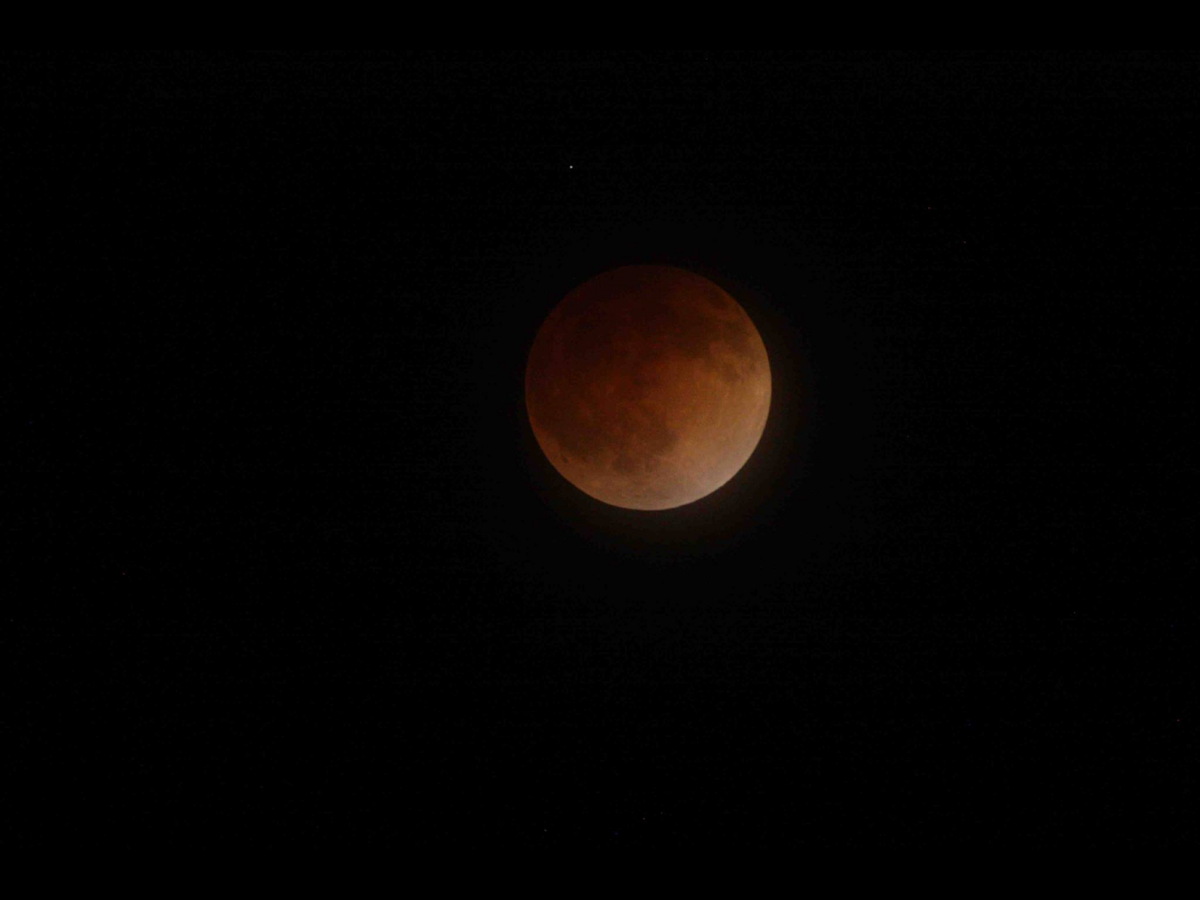
Tuesday, April 15, 2014: The United States had front-row seats for the full lunar eclipse on April 15, 2014, although clouds blocked the view in some areas. Bright star Spica accompanied the moon here. This image was taken in San Jose, California. [See Space.com's full coverage.]
— Tom Chao
Join our Space Forums to keep talking space on the latest missions, night sky and more! And if you have a news tip, correction or comment, let us know at: community@space.com.










